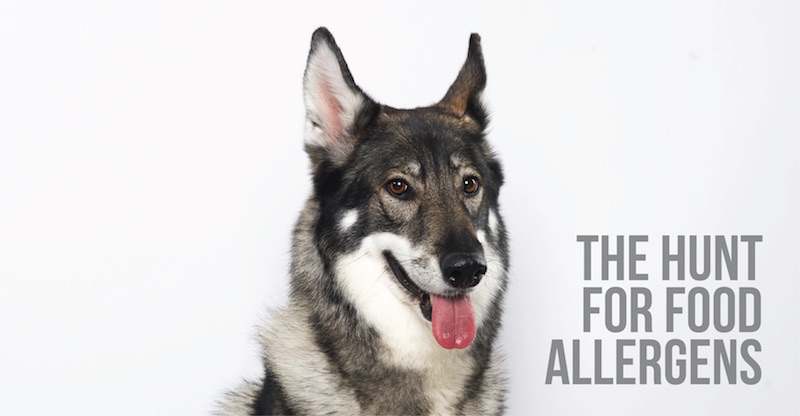While we cannot so easily control inhalant allergens like pollen, dust mites, mold, or grasses, we do have much more control over what foods our animals eat. If your dog seems unusually itchy or uncomfortable on a day to day basis (even during the seasons in which environmental allergies aren’t particularly common), he may have an allergy to an ingredient in his daily meals. In the absence of food allergen tests, you can identify the offending food through a simple process of elimination.
How to Identify a Food Allergy:
- Reduce your dog’s diet to a very standard meal, such as rice and boiled hamburger or chicken
- Wait for any previous symptoms to clear
- Once he seems back to normal, slowly re-introduce foods from his previous diet, one at a time.
- Allergic reactions can take anywhere from a few hours to several days to appear
- If after a week he shows no symptoms, introduce the next food
- If a symptom does return during this process, permanently eliminate the last food added to the diet
- Your process has identified that particular food as one of his allergens
- Continue adding foods one-by-one until you have identified enough problem-free choices to maintain a healthy diet for your dog
If your dog starts showing symptoms while you are in the middle of a food allergen test, you can ease his discomfort through herbal supplements like our Clear AllerQi or a milk thistle supplement. Regardless of what an allergic reaction is stimulated by (whether a food allergy or just seasonal), it can be treated the same. Allergies are really a disharmony within the body – an overreaction on the part of the immune system. Whether it’s from pollen or peaches, herbal allergy supplements can provide aid to the root cause of the reaction: the liver. (If you missed our earlier post about what really causes allergic reactions, feel free to track back and read about it here!)




